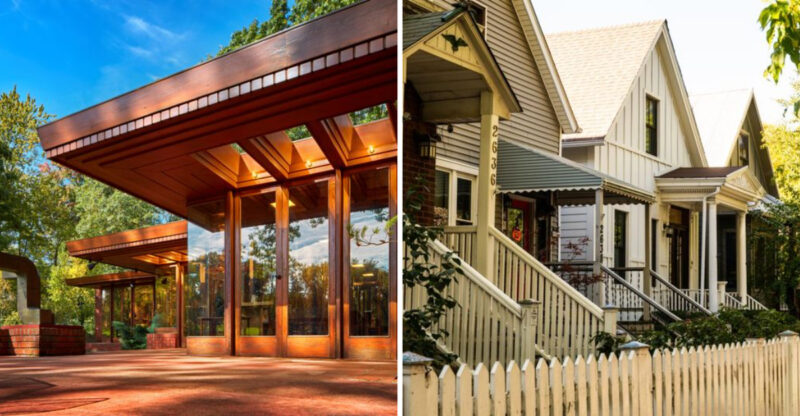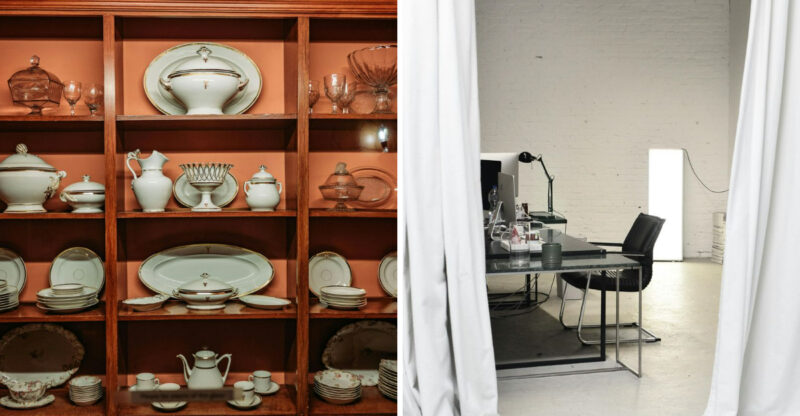7 Key Elements That Can Contribute To A Well-Designed Home

Creating a well-designed home isn’t just about following trends or spending lots of money. It’s about combining different elements that make your space both beautiful and functional.
When these key components work together, they transform a house into a home that truly reflects who you are and how you live. Every home is unique.
The advice provided may need adjustment to fit your space, style, or budget.
1. Thoughtful Lighting Layers
Lighting sets the mood in every room, working like magic to transform spaces from bright and energetic to soft and cozy. Good lighting isn’t just one ceiling fixture but layers of light sources at different heights.
Think about three main types: overhead lights for general brightness, task lighting for specific activities like reading or cooking, and accent lights to highlight special features or create atmosphere. Even natural light counts as an important layer!
2. Personal Touches That Tell Your Story
The most memorable homes feature items that showcase the owner’s personality, travels, and experiences. These personal elements might include family photos, souvenirs from trips, artwork created by loved ones, or collections that reflect your passions.
Unlike store-bought decor that everyone might have, these pieces start conversations and make your space uniquely yours. They transform rooms from looking like catalog pages to feeling like genuine reflections of the people who live there.
3. Balanced Textures For Visual Interest
Texture might be the secret ingredient that makes professionally designed spaces feel so rich and inviting. When smooth, rough, shiny, and soft surfaces mix together, rooms gain depth that catches both the eye and touch.
A living room with a sleek leather sofa feels more balanced with a chunky knit throw, while polished countertops look more interesting paired with textured baskets or matte pottery. The contrast between different textures creates visual excitement even in single-color spaces.
4. Functional Furniture Arrangement
How furniture sits in a room affects both flow and function more than most people realize. Great furniture placement creates natural pathways through spaces while establishing zones for different activities without walls.
Start by considering how people will move through the room and what activities happen there. Is conversation important? Face seating toward each other. Need a quiet reading nook? Position a chair near natural light with a side table.
5. Emotional Impact
A well-designed home should make you feel happy and at ease. Spaces that consider mood and lifestyle enhance everyday living. Colors, layouts, and materials all contribute to how you experience a room. Creating a home with emotional impact means designing for comfort, joy, and connection.
Personalizing spaces and paying attention to how they feel encourages a sense of belonging. When your home evokes positive emotions, it becomes more than just a space-it becomes a sanctuary.
6. Color Psychology For Mood Enhancement
Colors do more than just look pretty-they actually change how we feel in a space! Blues and greens can make bedrooms feel calmer, while sunny yellows might perk up a kitchen where you need morning energy.
The trick is matching colors to what each room is for. Many homeowners make the mistake of choosing colors they like without thinking about how those shades affect daily activities. For example, bright red might look bold but could make relaxation difficult in a living room.
7. Natural Elements That Bring Spaces Alive
Wooden beams stretching across ceilings or houseplants reaching toward sunlight-these natural touches create an instant connection to the outdoors. Homes featuring natural materials feel more grounded and less sterile than spaces filled only with synthetic materials.
Even small additions make a difference! A collection of river stones in a glass bowl, bamboo blinds filtering afternoon light, or a reclaimed wood coffee table can transform a room’s entire feeling. These elements add texture that synthetic materials simply can’t replicate.






